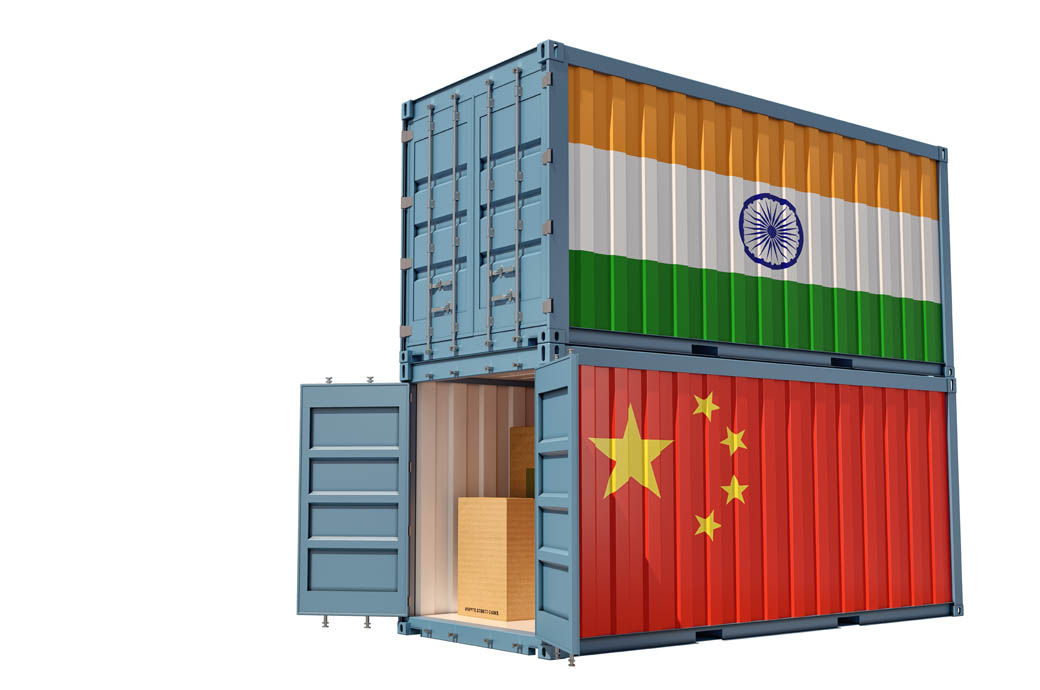American apparel brand Levi Strauss & Co has reported net revenues of $1.5 billion, recording a growth of 1 per cent, or 7 per cent on a constant currency basis in the third quarter (Q3) of 2022 ended August 28, compared to the third quarter of 2021. It was driven by growth in direct-to-consumer (DTC) business and increases across the US, Asia, and Latin America.
On a constant-currency basis, Levi’s brand net revenues grew 6 per cent and Dockers brand net revenues grew 13 per cent compared to the prior year, the company said in a media release.
In Q3 2022, Levi Strauss’ gross margin was 56.9 per cent and its adjusted gross margin was 56.9 per cent, 60 basis points below Q3 2021. The company’s operating margin was 13.1 per cent and adjusted EBIT margin was 12.4 per cent, down from 14.8 per cent in Q3 2021. The net income amounted to $173 million, while adjusted net income was $161 million in the period under review, compared to $197 million in Q3 2021.
DTC net revenues increased 2 per cent compared to Q3 2021, or 8 per cent on a constant-currency basis, driven by constant-currency company-operated e-commerce growth of 16 per cent. As a percentage of third quarter company net revenues, sales from DTC stores and e-commerce comprised 29 per cent and 6 per cent, respectively, for a total of 35 per cent. Wholesale net revenues increased 1 per cent versus Q3 2021, and 6 per cent on a constant-currency basis, reflecting global demand for the Levi’s brand. The company’s global digital net revenues grew 9 per cent compared to the same period in the prior year and comprised approximately 21 per cent of third quarter fiscal 2022 net revenues.
In the Americas, net revenues grew 3 per cent on reported and constant-currency bases, driven primarily by growth in its DTC channels. In Europe, net revenues decreased 19 per cent on a reported basis. On a constant-currency basis, net revenues declined 9 per cent, including a 4 per cent negative impact from the suspension of its business in Russia. In Asia, net revenues increased 36 per cent on a reported basis and 53 per cent on a constant-currency basis. The increase in net revenues was driven by both wholesale and DTC channels and most markets outside of China.
For Other Brands, Dockers and Beyond Yoga combined, net revenues increased 37 per cent on a reported basis and 44 per cent on a constant-currency basis. The Dockers brand was up 7 per cent on a reported basis and 13 per cent on a constant-currency basis reflecting growth across channels, while the acquisition of Beyond Yoga, contributed incremental net revenues of approximately $22 million. Other Brands operating income decreased due to investments to expand Beyond Yoga.
“Despite a more challenging environment, we delivered solid third quarter results. The Levi’s brand grew 6 per cent in constant-currency, hitting a 10- year record third quarter sales result,” said Chip Bergh, president and chief executive officer of Levi Strauss & Co. “While we expect the macroeconomic backdrop to remain unpredictable over the next few quarters, our strong brands, diversified business model and proven team position us to deliver on our long-term objectives. We have separated ourselves from the competition by making the right moves in challenging times, and this environment is no different. We will operate with discipline and lean into our strengths to further expand our lead for the years to come.”
As a result of the significant incremental currency headwinds from the stronger US dollar, as well as a more cautious outlook for North America and Europe due to macroeconomic conditions and ongoing supply chain disruptions, the company has adjusted its expectations for fiscal year 2022. It expects a net revenues growth of 6.7 per cent to 7 per cent, representing 11.5 per cent to 12 per cent net revenues growth on a constant-currency basis, the release added.
Fibre2Fashion News Desk (KD)
Levi Strauss & Co reports net revenues of $1.5 billion for 3rd quarter of 2022, a 1% increase from the 3rd quarter of 2021. This 7% growth on a constant currency basis. The company’s growth was driven by an increase in direct-to-consumer sales and growth across the United States, Asia, and Latin America.


 World News2 years ago
World News2 years ago
 World News2 years ago
World News2 years ago
 World News2 years ago
World News2 years ago
 World News2 years ago
World News2 years ago
 World News2 years ago
World News2 years ago













